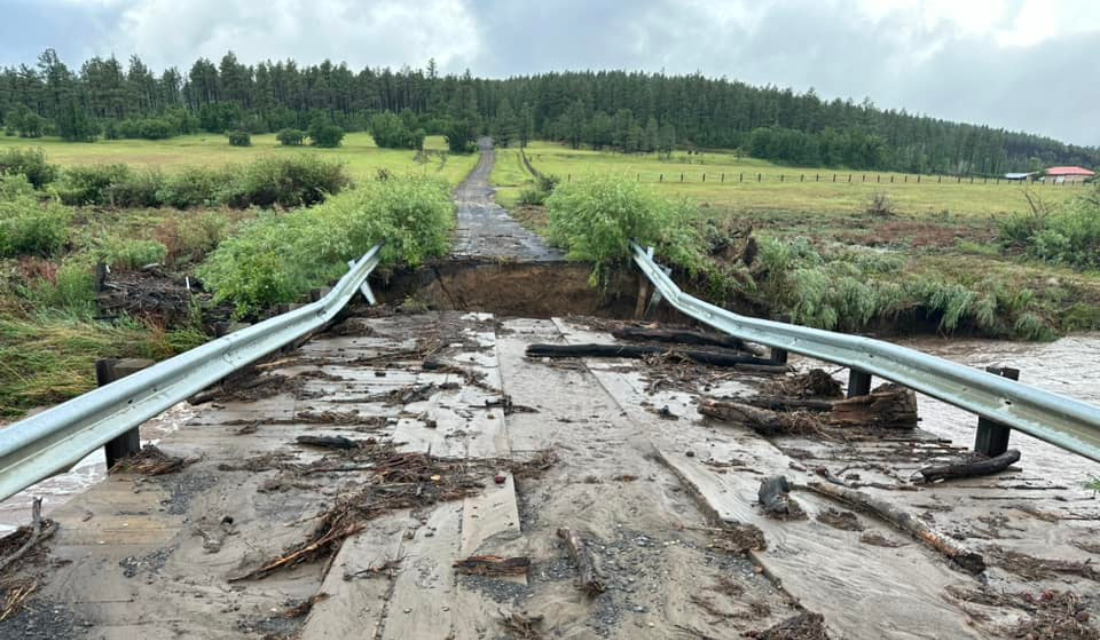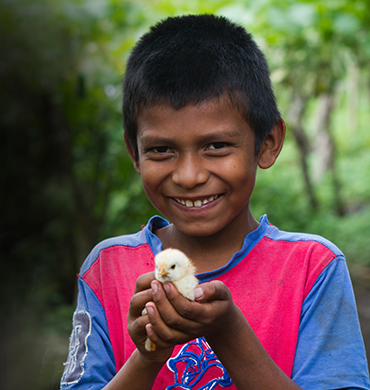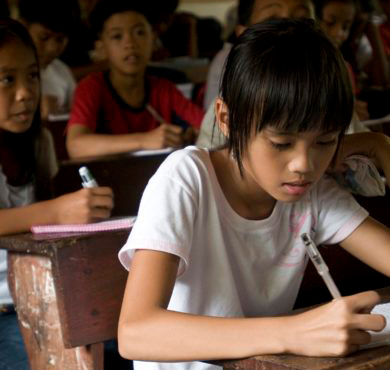Responding to the Hermit’s Peak/Calf Canyon Fire in New Mexico

Episcopal Relief & Development Responds to the Hermit’s Peak/Calf Canyon Fire in New Mexico
Press Release
August 28, 2024
Episcopal Relief & Development is partnering with the Episcopal Diocese of the Rio Grande to respond to ongoing needs caused by the destructive Hermit’s Peak/Calf Canyon Fire in New Mexico during the spring of 2022 and the consequent flooding of June 2024.
The largest and most destructive wildfire in the history of New Mexico burned through roughly 341,000 acres in the southern Sangre de Cristo Mountains, in San Miguel, Mora and Taos counties in 2022. The fire had a devastating impact, polluting the drinking water supply, stripping the land of nutrients and contaminating the soil, and removing natural barriers, like trees and vegetation, against flooding and landslides. In June 2024, heavy rains came and the region flooded because of the damage to the land caused by the 2022 fires. Families had to be evacuated, and any recovery efforts that had been made were washed away.
Episcopal Relief & Development is working with the Diocese of the Rio Grande through St. Paul’s Peace Episcopal Lutheran Church in Las Vegas, New Mexico on a longer-term emergency response. The partnership will work to test and repair wells and water quality for families in Mora and San Miguel counties. The response will also provide hay to farmers for their livestock in areas where the ground is so contaminated that any vegetation is detrimental for ingestion.
“Our partnership with the Diocese of the Rio Grande illustrates the lasting impact of disasters,” said Katie Mears, Sr. Technical Specialist, US Disaster & Climate Risk, Episcopal Relief & Development. “Two years later, we are dealing with the after effects of a damaging event that has caused significant health risks to the community.”
As part of all longer-term emergency responses, Episcopal Relief & Development encourages partners to build or strengthen their climate resilience work. St. Paul’s Peace is focused on communication, specifically for rural residents. “Our community has not left the preparedness phase since the fires happened two years ago,” shared the Rev. Jill Cline, Vicar of St. Paul’s Peace. “There is a phenomenal group of folks who keep their neighbors informed in this rural area of what’s going on and where to go for help.” By having a constant way of checking in with the community, St. Pauls Peace and their neighbors have a strong social support system, and are better equipped to respond to any future disaster.
Donations to the US Disaster Response Fund will help provide emergency and long-term recovery support to survivors of disasters.
For over 80 years, Episcopal Relief & Development has worked with an extensive network of faith and community partners to advance lasting change in communities affected by injustice, poverty, disaster and climate change. Inspired by our faith, we reach over three million people each year by focusing on four interconnected priorities: nurturing the potential of caregivers and young children, reducing violence against women and girls, strengthening communities’ resilience to climate change and facilitating humanitarian response to disasters. Together with our partners, we leverage what’s working well to drive impact, learning and sustainability. Together, we create lasting change. Join us: www.episcopalrelief.org/sign-up


